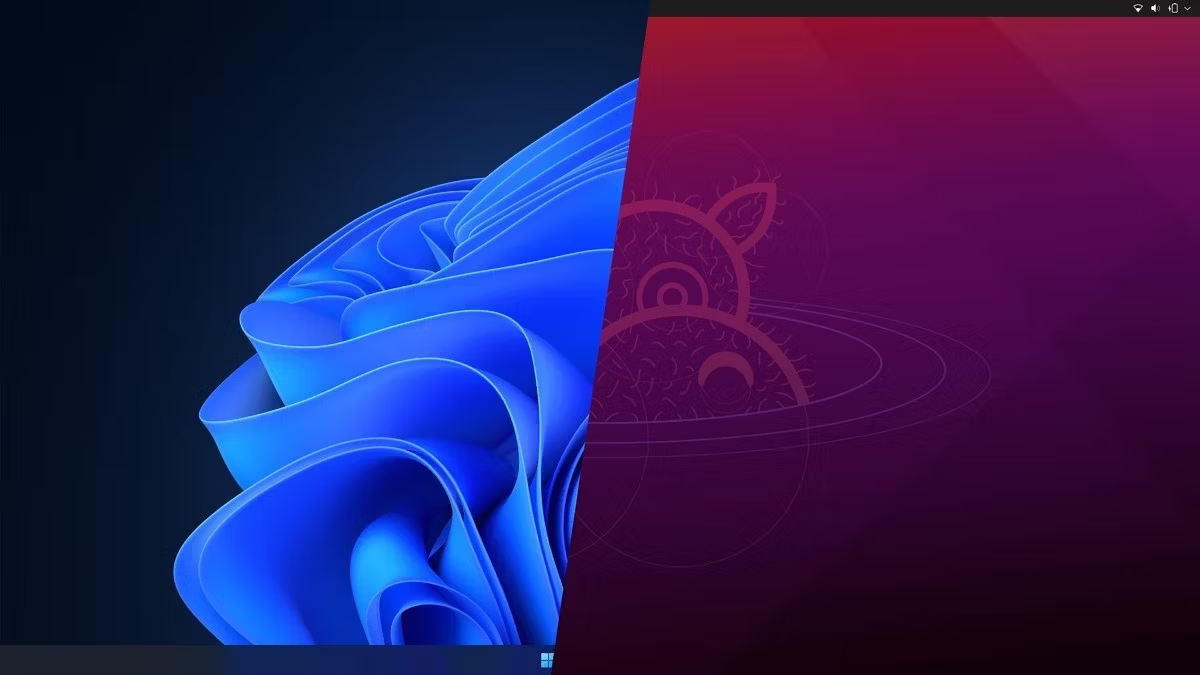Windows 10’s end of life approaching has many looking for a new digital home! Is Linux calling your name, but the jump seems daunting? We’ve got the essential tricks to make your migration seamless and stress-free. Say goodbye to the familiar and hello to a new adventure – but are you ready to take the leap?
As Windows 10 approaches its end-of-life, a significant number of users are exploring alternative operating systems, with Linux emerging as a compelling choice. Once perceived as a niche platform for enthusiasts, Linux has matured into a user-friendly and robust environment, appealing to those seeking an alternative to Windows 11 or wishing to extend the life of their current hardware beyond Windows 10 support.
While the prospect of a Linux migration might appear daunting, the transition from Windows to Linux has become remarkably accessible. This guide aims to demystify the process, offering practical tech tips to ensure a smoother and less intimidating experience for newcomers navigating the Linux ecosystem for the first time.
One of the most valuable, yet often overlooked, features for Linux for beginners is the availability of live demo environments. Unlike proprietary operating systems where evaluation often requires a full installation, many Linux distributions offer a ‘try before you buy’ experience, allowing users to interact with the OS in a non-destructive manner.
These demo modes are typically accessed by booting from installation media, such as a USB drive. Users can explore the desktop environment, launch applications, and familiarize themselves with the Operating System’s interface and functionalities without making any permanent changes to their computer. This hands-on approach is invaluable for determining if a particular Linux distribution aligns with individual preferences and workflow.
A critical piece of advice for those considering the jump is to resist the urge to immediately overwrite their existing Windows installation. Maintaining a dual boot setup, or at least having Windows accessible, provides a crucial safety net. This strategy ensures a familiar “home base” if any issues arise during the Linux exploration phase or if one wishes to experiment with various distros before committing.
Selecting the right distribution is paramount for a successful Linux migration. Established and community-supported options like Ubuntu are frequently recommended for their user-friendliness and extensive documentation, making them excellent starting points for those new to the platform. Other distributions, such as Fedora, also offer a refined experience, catering to different user preferences and hardware configurations.
Looking ahead, innovation continues to simplify the Windows to Linux transition. Projects like Operese are currently in development, aiming to automate and streamline the installation process significantly. These tools promise to reduce the technical hurdles, making the switch even more approachable by guiding users through setup with minimal manual intervention.
Ultimately, making the move to Linux doesn’t have to be a leap of faith. By leveraging demo environments, opting for a dual boot strategy, choosing user-friendly distributions, and staying informed about emerging installation tools, users can confidently embark on their journey into a new and flexible Operating System, enhancing their computing experience with these practical tech tips.





